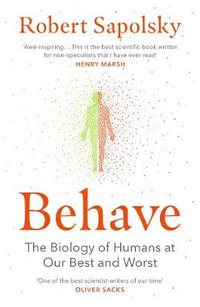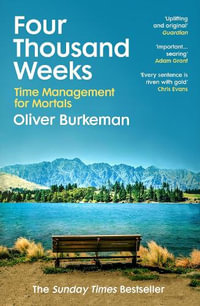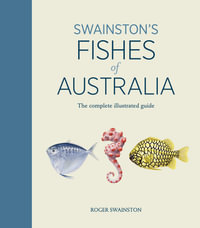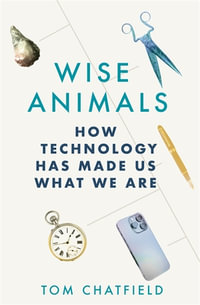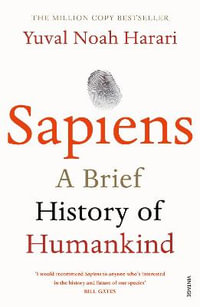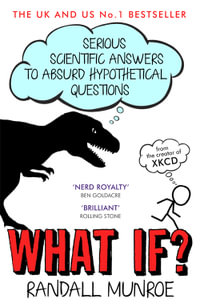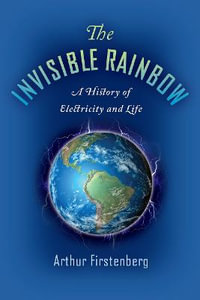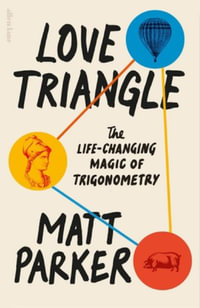Until about 13,000 years ago, North America was home to a menagerie of massive mammals. Mammoths, camels, and lions walked the ground that has become Wilshire Boulevard in Los Angeles and foraged on the marsh land now buried beneath Chicago's streets. Then, just as the first humans reached the Americas, these Ice Age giants vanished forever.
In Once and Future Giants, science writer Sharon Levy digs through the evidence surrounding Pleistocene large animal ("megafauna") extinction events worldwide, showing that understanding this history--and our part in it--is crucial for protecting the elephants, polar bears, and other great creatures at risk today. These surviving relatives of the Ice Age beasts now face an intensified replay of that great die-off, as our species usurps the planet's last wild places while driving a warming trend more extreme than any in mammalian history.
Inspired by a passion for the lost Pleistocene giants, some scientists advocate bringing elephants and cheetahs to the Great Plains as stand-ins for their extinct native brethren. By reintroducing big browsers and carnivores to North America, they argue, we could rescue some of the planet's most endangered animals while restoring healthy prairie ecosystems. Critics, including biologists enmeshed in the struggle to restore native species like the gray wolf and the bison, see the proposal as a dangerous distraction from more realistic and legitimate conservation efforts.
Deftly navigating competing theories and emerging evidence, Once and Future Giants examines the extent of human influence on megafauna extinctions past and present, and explores innovative conservation efforts around the globe. The key to modern-day conservation, Levy suggests, may lie fossilized right under our feet.
Industry Reviews
"Sharon Levy does a marvellous job of explaining the complex and competing theories behind these mass Pleistocene extinctions, while capturing the fervour and enthusiasm of the scientists who dedicate their lives to solving the mystery." --Kat Austen, New Scientist
"Beautifully connects the world as we know it to one that, on a geological scale, disappeared only yesterday.... Levy's book effectively states the case for those who want to heal ecological wounds thought to have been opened by prehistoric humans." --Brian Switek, Wired
"The book tackles the often conflicting theories and research in such a way that lay readers can understand what scientists think happened in the past and what they see happening now. But the big question is whether we can reverse these trends. Levy outlines possible methods to save some of the living megafauna and rebalance ecosystems.... Highly recommended for all interested readers." --Library Journal
"In a series of fascinating discussions Levy breathes life into these long-extinct animals, introduces readers to important lessons to be learned from extinction events, and considers proposals for resurrecting Ice Age ecosystems.... This well-written, general interest book on basic ecology will interest anyone concerned about the health of the environment and the importance of conserving dwindling wilderness resources." --Choice
"The book provides, in a more convincing way than I have read anywhere else, an integrated account of the past extinction of megafauna, the impact of these losses on the modern world, and the present status and conservation of large mammals globally." --Adrian Lister, PLoS Biology
"It seems likely that human hunting played some part in many of these extinctions.... Biologist and journalist Sharon Levy lays out the evidence for this theory--and explores what this species drain can teach us now. The patterns and consequences of the Pleistocene die-offs can help us to predict how landscapes will change if we lose big mammals, and help us to spot warning signs of impending extinctions." --Emma Marris, Nature
"I found this educational and extremely interesting. Levy paints a picture of the Pleistocene that easily draws the reader into the prehistoric world of the megafauna." -- Biological Conservation
"Packed full of fascinating work, Once and Future Giants successfully marries modern investigations to ancient evidence, creating an interesting and thought provoking read that raises questions regarding the true 'natural state' of our Earth, our impacts upon it and the importance of megafauna to struggling ecosystems across the globe." --The Biologist






